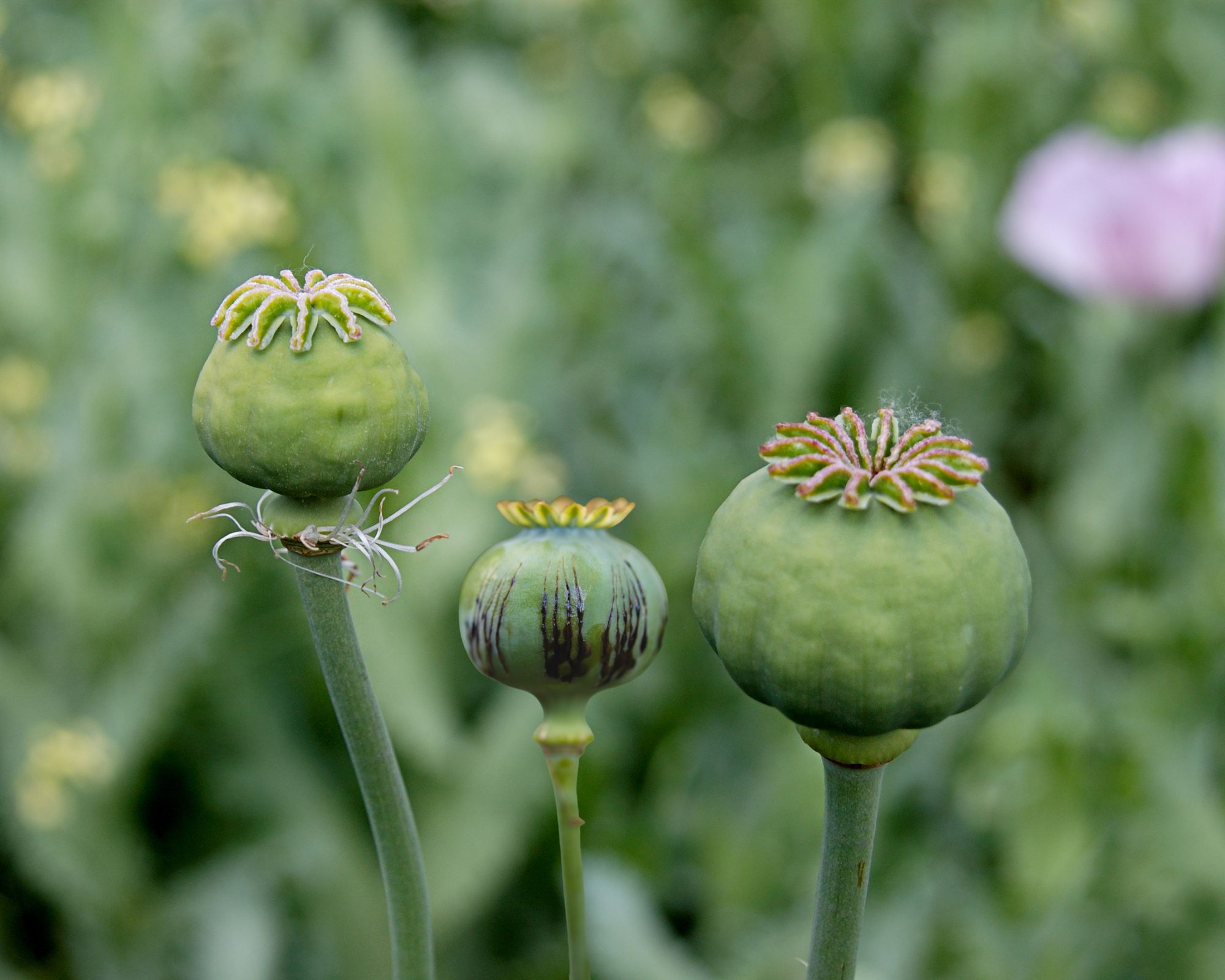Summary:
-
As a result of rigorous new rules, the government outlawed the growth of all narcotics and the opium poppy in April 2022. Opium is a key component in the production of the illegal narcotic heroin as well as the class of medically prescribed opioids, on which millions of people throughout the world rely for pain relief.
-
However, farmers in Afghanistan must now decide whether to sow opium poppies for the following year because it is still unclear how the Taliban will enforce the ban.
-
“In Afghanistan, opium poppy cultivation climbed by 32% over the previous year to 233,000 hectares, according to UNODC statistics.
-
This makes the 2022 crop the third-highest area under cultivation since monitoring began.
-
Sales of opium increased Afghan farmers’ income from $425 million in 2021 to $1.4 billion in 2022, a more than threefold increase.
The first assessment on the illicit opium trade after the Taliban’s restoration to power in August 2021 is titled Opium production in Afghanistan: current findings and emerging risks.
As a result of rigorous new rules, the government outlawed the growth of all narcotics and the opium poppy in April 2022.
Opium is a critical component in producing illegal narcotic heroin and the class of medically prescribed opioids on which millions worldwide rely for pain relief. Opioids have also been misused more and more, leading to severe addiction problems in nations like the United States.
According to UNODC, this year’s harvest was mostly spared from the mandate. However, farmers in Afghanistan must now decide whether to sow opium poppies for the following year because it is still unclear how the Taliban will enforce the ban.
The primary opium harvest for 2023 must be sown by the beginning of November this year.
Limbo opiate
When introducing the latest poll, UNODC Executive Director Ghada Waly stated, “Afghan farmers are ensnared in the illicit opiate economy, while seizure events around Afghanistan imply that opiate trafficking continues unabated.”
“The international community must collaborate to address the urgent needs of the Afghan people and boost efforts to counter the criminal organisations that are trafficking heroin and causing harm to people worldwide.”
In Afghanistan, opium poppy cultivation climbed by 32% over the previous year to 233,000 hectares, according to UNODC statistics. This makes the 2022 crop the third-highest area under cultivation since monitoring began.
Center in Helmand
The majority of the country’s cultivation remained centred in the southwest, which comprised 73% of the total area and saw the most growth in crop production.
One-fifth of the fertile land in the Helmand province was used to grow opium poppies.
Money triples
Following the announcement of the cultivation ban in April, opium prices have skyrocketed. Sales of opium increased Afghan farmers’ income from $425 million in 2021 to $1.4 billion in 2022, a more than threefold increase.
The revised figure equalled 29% of the agricultural sector’s value in 2021. Opiates’ farm-gate value in 2021 was only about 9% of agricultural production in the year before.
The UNDP survey states that even though inflation has surged over this time and food prices have increased by an average of 35%, the gain in income does not necessarily transfer into an increase in purchasing power.
Lower yields
After a drought at the beginning of the year, opium yields decreased from an average of 38.5 kilogrammes per hectare (kg/ha) in 2021 to an estimated 26.7 kg/ha this year, leading to a harvest of 6,200 tonnes — 10% less than in 2021.
According to UNDP, the 2022 harvest can produce 350–380 tonnes of export-quality heroin with a 50–70% purity.
Traffickers continue
The UNODC’s Drugs Monitoring Platform’s seizure data indicate that opiate trafficking from Afghanistan has continued unabated since August 2021. Opioids from Afghanistan supply around 80% of all opiate addicts worldwide.
Analysis by: Advocacy Unified Network

